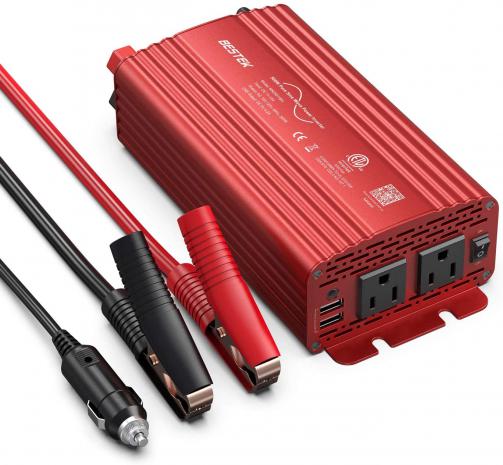
Breaking News
 The 3 Reasons Behind US Plot to Depose Venezuela's Maduro – Video #254
The 3 Reasons Behind US Plot to Depose Venezuela's Maduro – Video #254
 Evangelicals and the Veneration of Israel
Evangelicals and the Veneration of Israel
 Zohran Mamdani's Socialist Recipe for Economic Destruction
Zohran Mamdani's Socialist Recipe for Economic Destruction
 BREAKING: Fed-Up Citizens Sue New York AG Letitia James for Voter Intimidation...
BREAKING: Fed-Up Citizens Sue New York AG Letitia James for Voter Intimidation...
Top Tech News
 Goodbye, Cavities? Scientists Just Found a Way to Regrow Tooth Enamel
Goodbye, Cavities? Scientists Just Found a Way to Regrow Tooth Enamel
 Scientists Say They've Figured Out How to Transcribe Your Thoughts From an MRI Scan
Scientists Say They've Figured Out How to Transcribe Your Thoughts From an MRI Scan
 SanDisk stuffed 1 TB of storage into the smallest Type-C thumb drive ever
SanDisk stuffed 1 TB of storage into the smallest Type-C thumb drive ever
 Calling Dr. Grok. Can AI Do Better than Your Primary Physician?
Calling Dr. Grok. Can AI Do Better than Your Primary Physician?
 HUGE 32kWh LiFePO4 DIY Battery w/ 628Ah Cells! 90 Minute Build
HUGE 32kWh LiFePO4 DIY Battery w/ 628Ah Cells! 90 Minute Build
 What Has Bitcoin Become 17 Years After Satoshi Nakamoto Published The Whitepaper?
What Has Bitcoin Become 17 Years After Satoshi Nakamoto Published The Whitepaper?
 Japan just injected artificial blood into a human. No blood type needed. No refrigeration.
Japan just injected artificial blood into a human. No blood type needed. No refrigeration.
 The 6 Best LLM Tools To Run Models Locally
The 6 Best LLM Tools To Run Models Locally
 Testing My First Sodium-Ion Solar Battery
Testing My First Sodium-Ion Solar Battery
 A man once paralyzed from the waist down now stands on his own, not with machines or wires,...
A man once paralyzed from the waist down now stands on his own, not with machines or wires,...
The Must Have Sine Wave Inverter, The Real Secret To Solar Power

Solar panels themselves are ubiquitous in our society, and they can be seen on everything from pocket calculators to traffic signals, from massive solar panel farms to a single emergency solar panel system. However, not many people pay attention to or even know about the humble inverter. The inverter is the device that makes solar energy in our homes possible in the first place.
Solar Power Inverter
To understand what an inverter is, we must first understand the way a solar panel works. Solar panels are comprised of wafers of silicon that, when exposed to sunlight, produce electrical energy. The sunlight "excites" the electrons within the silicon, spurring them to motion, which generates electricity as a byproduct. Each individual silicon wafer (called a cell) is then tied to the other cells in the panel. Then, their output from the panel manifests itself as a set of wires to carry the electricity.
What most people don't understand is that these wires don't carry the sort of power you'll typically find coming out of the wall plugs in your home. They carry direct current, or DC voltage. DC voltage is the same sort of power that you'll find in car batteries. Regardless of electrical engineering prowess, most people realize that the type of electricity produced from a car or even a D cell battery is not the same type of electricity found inside their homes.



